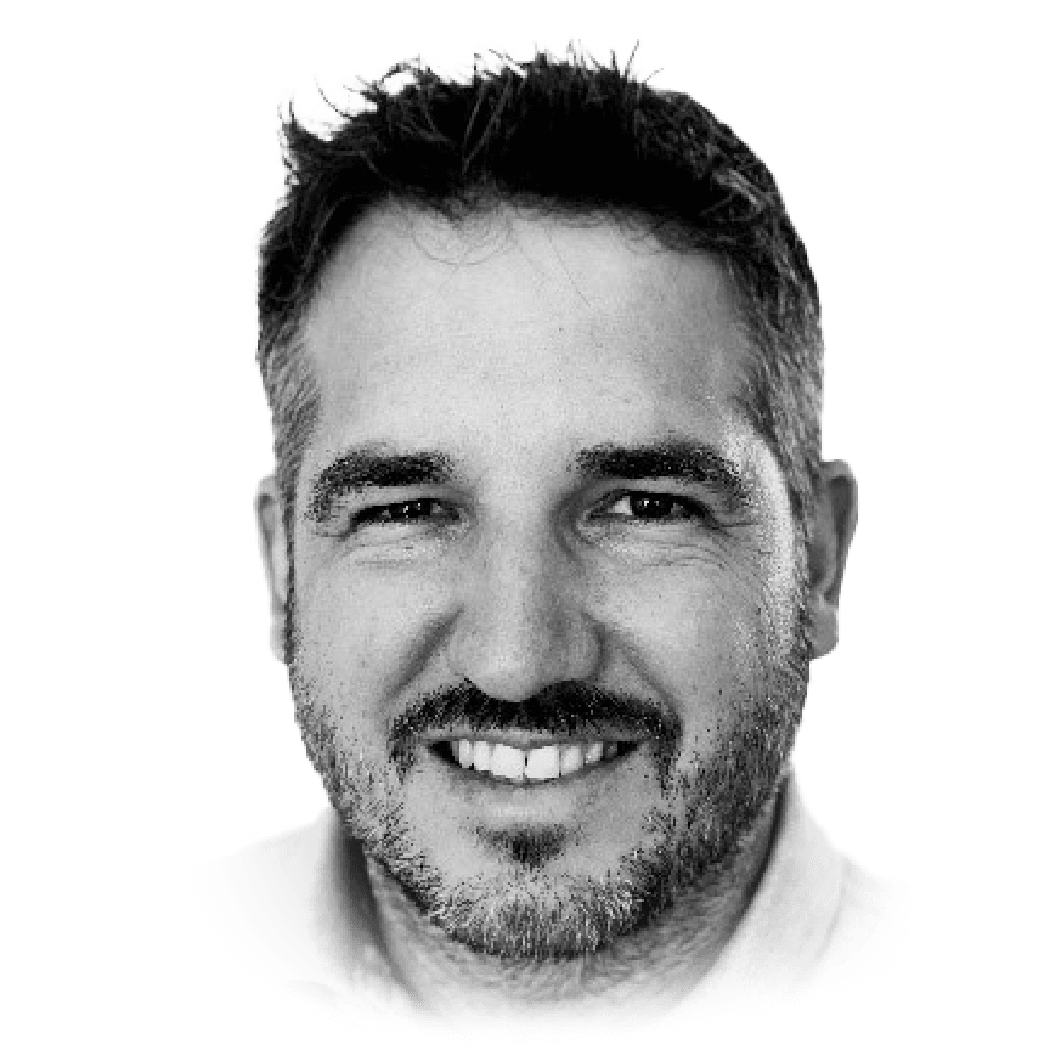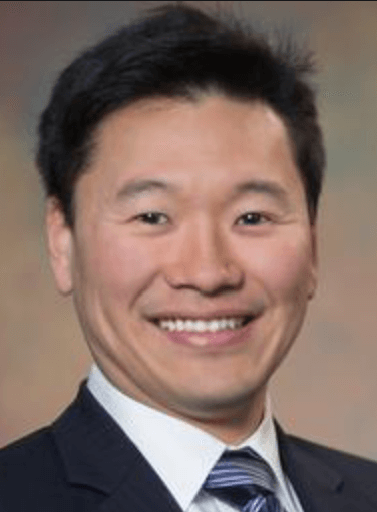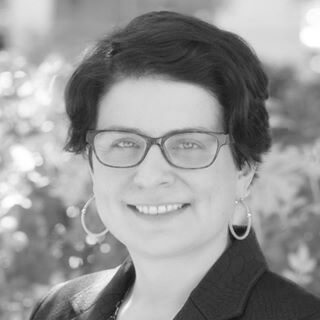网络研讨会
Talking Innovation – Today’s technology and what’s coming in the future
Nov 13, 2020

说明
Technology continues to rapidly evolve. With this, we ask: How is today’s technology impacting healthcare? And how do we see innovation shaping its future? Join our speakers as they share not only their answers to these questions, but their expectations for future innovations.
发言人:

Simon Enzinger, 医学博士,牙科医学博士
奥地利萨尔茨堡大学医院

Woosik Chung, MD, Spine Surgeon
Presbyterian St. Luke’s

Jennifer Esposito, Vice President, Health
Magic Leap

Auke Meppelink, 常务董事
主持人:

Matthias Eimer, 数字医疗技术高级经理
查看更多即将举行的网络研讨会
马上注册